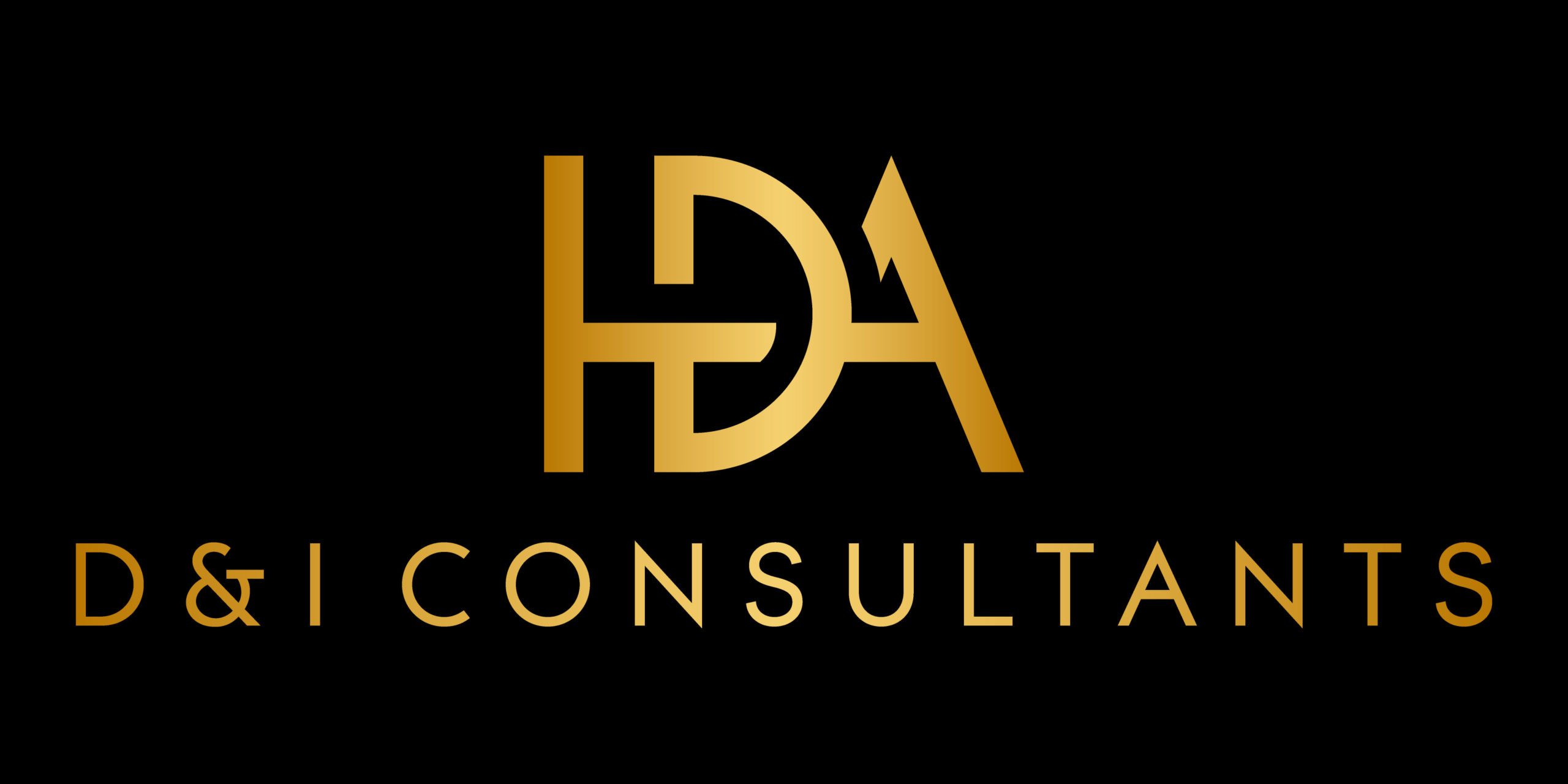
5 Best Practices to Maintain EEO Compliance and Improve Retention
Are you a private employer? Do you have fifteen or more workers who work for your company for twenty weeks or more annually? If so, you are subject to comply with the federal law under Title VII of the Civil Rights Act of 1964. Furthermore, if you have a federal contract or subcontract, you are likely subject to Equal Employment Opportunity (EEO) guidelines and to perform analyses to ensure compliance.
Before we share best practices to achieve and ensure EEO compliance, let’s first understand the crux of equal employment opportunity.
Equal Employment Opportunity—What is it?
Equal Employment Opportunity primarily refers to the fair and unbiased treatment of office/workplace employees. It is a government-mandated set of civil rights. According to federal EEO laws, employers are prohibited from discriminating against job applicants and employees at any level based on the following protected characteristics. These are:
- Race or color
- National origin or ethnicity
- Religion
- Age (40 or older)
- Sex (gender identity, pregnancy, sexual orientation)
- Medical history (genetic information)
In addition, the Americans with Disabilities Act of 1990 (ADA) makes it unlawful to discriminate in employment against a qualified individual with a disability. The ADA also outlaws discrimination against individuals with disabilities in state and local government services, public accommodations, transportation and telecommunications (Source: eeo.gov).
Likewise, the affirmative action provisions of the Vietnam Era Veterans’ Readjustment Assistance Act of 1974 (VEVRAA) prohibits job discrimination. It requires federal contractors and subcontractors to take affirmative action to employ and advance in employment qualified Vietnam era veterans, special disabled veterans, recently separated veterans, and veterans who served on active duty during a war or in a campaign or expedition for which a campaign badge has been authorized. This law is enforced by the Veterans’ Employment and Training Service (VETS) (Source: dol.gov)
Equal Employment Opportunity laws must be followed by employers at all times, depending on their business size. They apply to recruitment, background checks, job interviews, hiring, benefits and compensation, promotions, training, disciplinary actions (such as termination), and leave management.
Put simply, EEO laws focus on anti-discrimination measures, thereby protecting the rights of all workforce members and ensuring that everyone receives an equal opportunity to grow and excel regardless of personal characteristics.
The Equal Employment Opportunity Commission (EEOC), an independent federal agency, ensures that business owners comply with all EEO laws and Title VII. Apart from these laws, however, there are specific state EEO laws that some employers must conform to, depending on their business location.
Best Practices to Maintain EEO Compliance
Here are some of the best and proven ways to ensure and maintain EEO compliance:
✓ Training, EEO Policy Enforcement, and Accountability
As an employer, you must ensure that your management, including HR managers and all workers, has a good knowledge of EEO laws. This can be achieved through training and enforcement of policies that revolve around the EEO laws. We recommend a focus on implementing strong EEO policies with executive-level support.
Also, make sure that leaders are held accountable. If leaders demonstrate and practice compliance with EEO laws, workers will follow their lead. Therefore, it will be easier to implement, ensure, and achieve an EEO-compliant
organization. Discover more with our EEO-compliant training Another Seat at the Table.
✓ Develop an Affirmative Action Program
If you are outsourcing a hiring company, make sure to communicate your EEO policies for conformity and to avoid violation. You can also create an Affirmative Action Program to outline the steps your business will take to proactively hire workers from non-dominant groups.
Although specific employers who hold federal contracts are legally required to create the Affirmative Action Plan, it can be introduced within your organization to ensure transparency in your recruitment process. By enacting such a program, you can set statistical goals to determine the percentage of your workforce that should include workers from non-dominant groups or set thresholds that don’t violate discrimination protections of Title VII.
✓ Avert Discrimination
Another way to conform to EEO requirements and avoid discrimination is to introduce a zero tolerance policy for workplace harassment. When a worker harasses another employee based on race, national origin, color, age, sex, religion, genetics, or disability, it can create a hostile and unpleasant work environment. However, by averting discrimination altogether through strict zero tolerance policies, you can ensure that everyone works in synergy, amicably, and as one unit. More importantly, it can appropriately discipline workers, thereby preventing workplace law violations.
✓ Focus on Promoting an Inclusive Culture and Increase Retention
Implementing policies is not enough if they are not practiced. It takes concentrated effort to create and foster a work environment with respect for individual differences. Once you have introduced policies, make sure your company consistently practices them.
To ensure retention, welcome differences and a leadership culture that is flexible toward understanding and listening to the voices of those in the minority. Encouraging workplace diversity and providing all team members opportunities to grow and excel will contribute to your business in many ways. With a diversified workforce, you can better understand your target audience, generate new and innovative ideas, and ensure a broader skillset, thereby adding to business productivity and performance.
✓ Develop Communication
You can foster open communication by developing an alternative dispute resolution program. This can lower the chances of an escalation of miscommunication into a legally actionable EEO claim. If you facilitate communication, it will provide your employees with a path to resolve issues, and the need to go outside the organization for arbitration and/or settlement is diminished. Apart from that, it also protects workers from retaliation. Our “Everyone Communicates, Few Connect” workshop is designed to improve engagement among all employees, so please visit https://www.johncmaxwellgroup.com/danielhouston.
What are the penalties for EEO laws Violation?
If you are legally required to comply with EEO laws but fail to do so, your company may be penalized. The EEOC can impose hefty penalties for non-compliance. These fines have sharply risen in the last two decades. As of July 2016, the penalty is now $525 per EEO violation.
To avoid penalties, ensure you are viewed as an EEO-compliant organization, and become a top choice for talented staff to work for your company, contact us. Through Another Seat at the Table diversity workshops, we can help integrate practices for EEO compliance and retention issues. Call Daniel Houston & Associates Diversity & Inclusion Consultants at (704) 750-9670.


